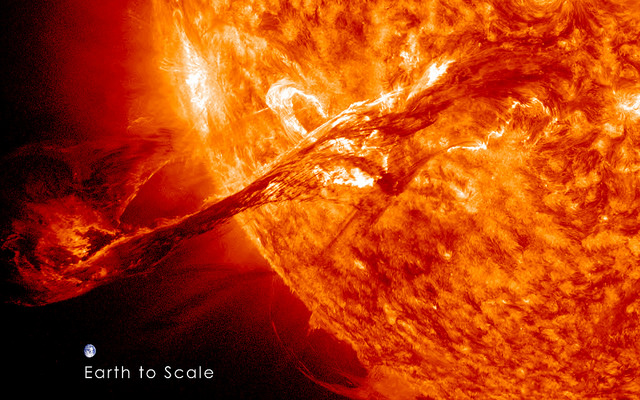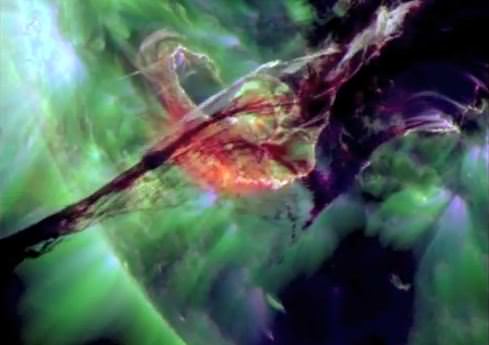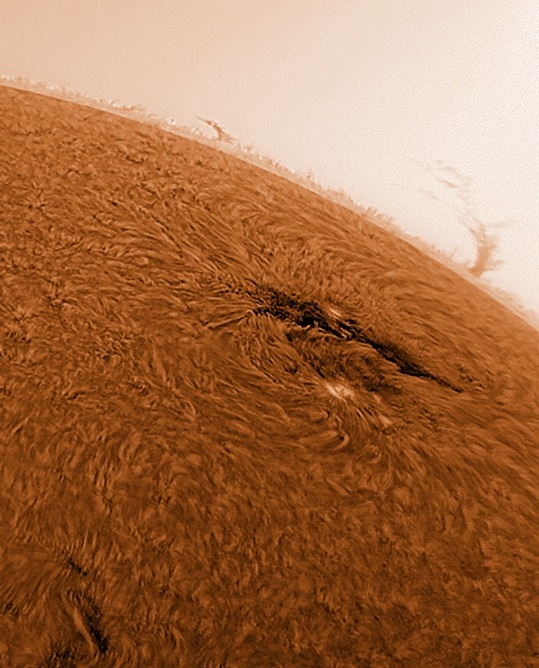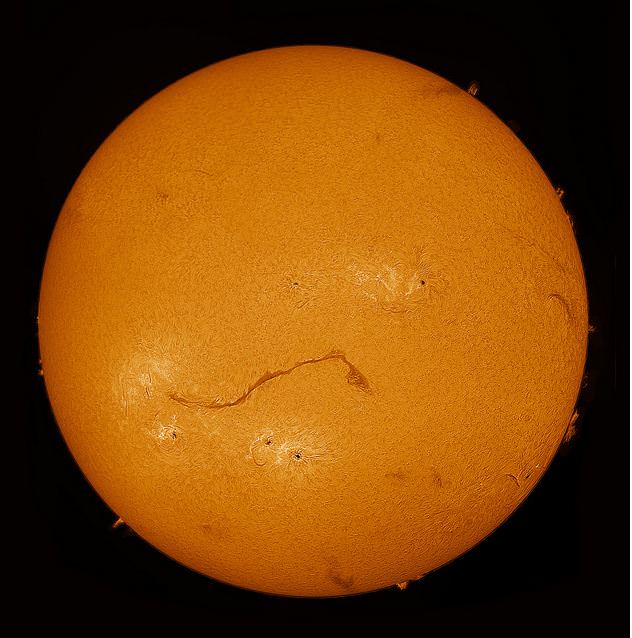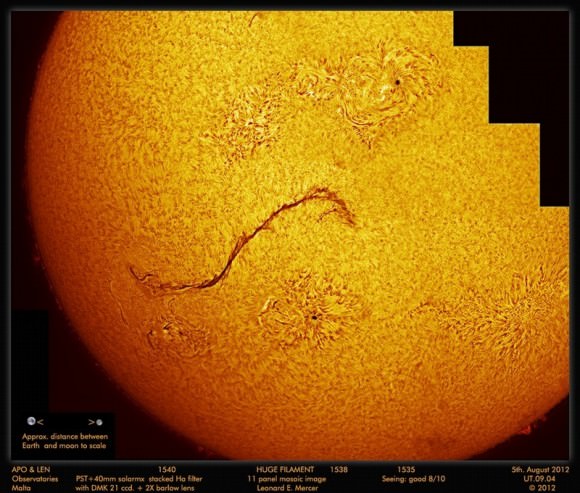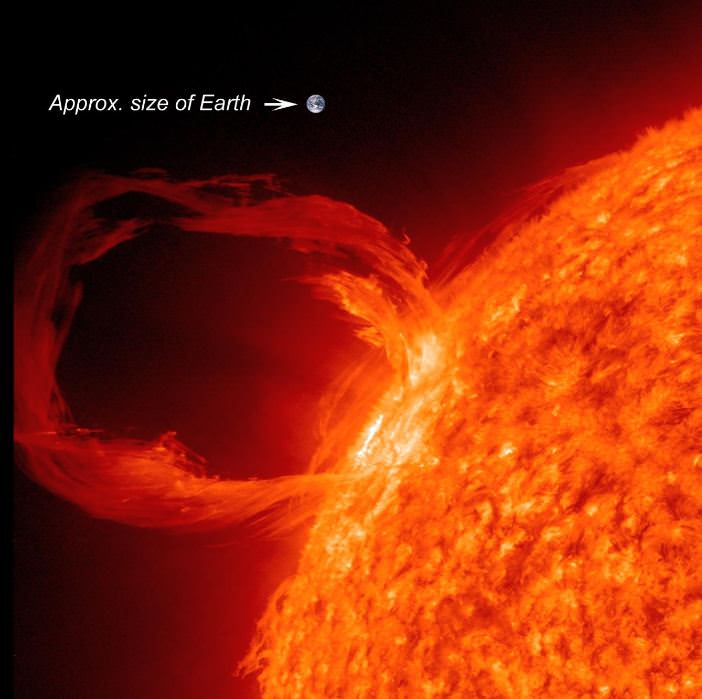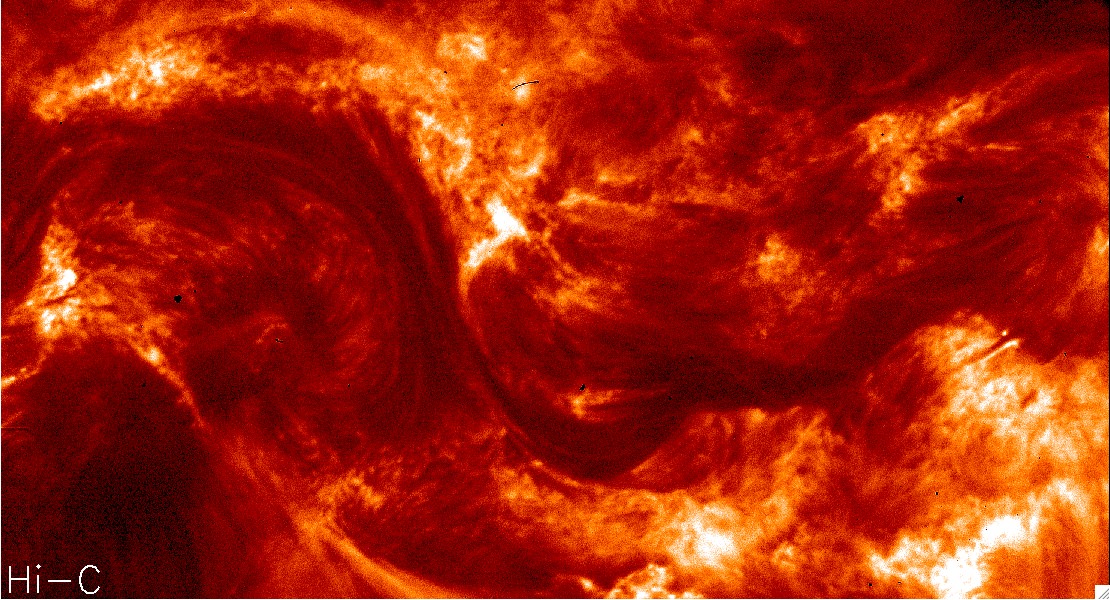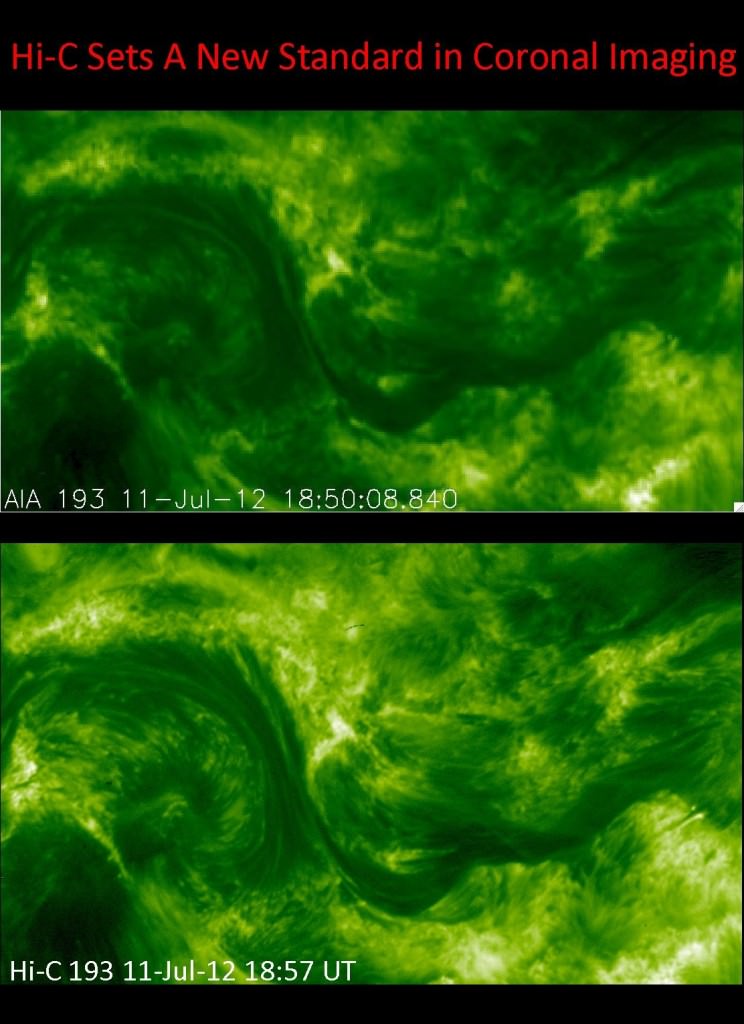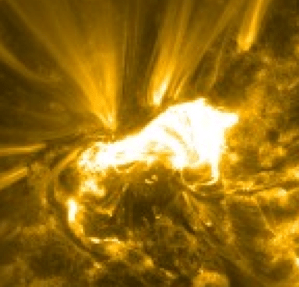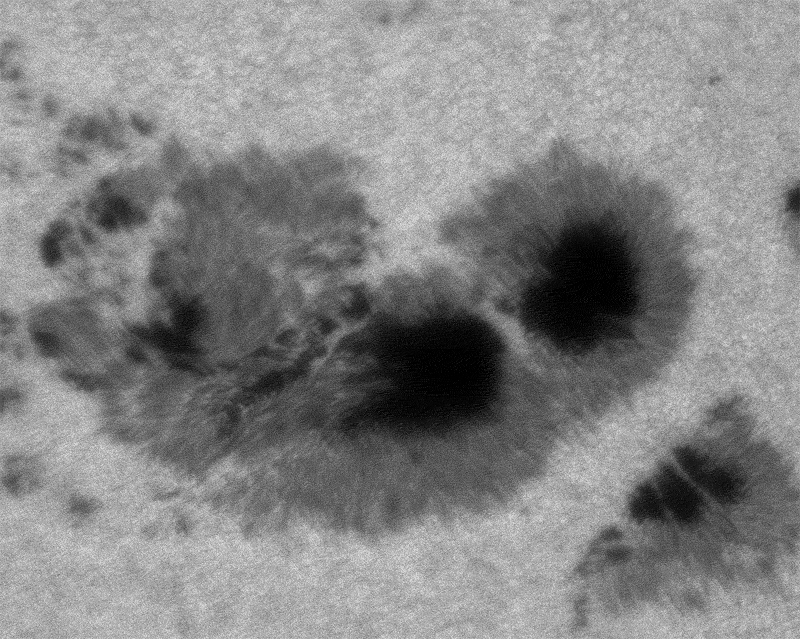Editor’s note: Pål Brekke is a Norwegian solar physicist with a doctorate from the University of Oslo in astrophysics and is now a senior advisor for the Norwegian Space Centre. He has written a new popular science book about the Sun, titled Our Explosive Sun; A Visual Feast of Our Source of Light and Life. Find out how you can win a copy of book here. Brekke has written this guest post for Universe Today.
The Sun has fascinated me for many years. This is perhaps not so strange since I walked my first steps at the solar observatory at Harestua, just north of Oslo. My dad worked there then. During my studies at the University in Oslo my advisors inspired me to spend time doing public outreach. And so it was my interest for sharing knowledge about the mysteries of the Sun that led to my writing this book.
This book presents the properties of the Sun, how it has fascinated humans for thousands of years, and how it affects our technological society. My hope is that this book will inspire an increased interest in the Sun and for natural science in general. The Sun is a perfect entrance to natural science, since it affects the Earth and humans in so many ways. Solar physics interacts with many other scientific fields, such as physics, chemistry, biology, and meteorology to mention a few.
The Sun
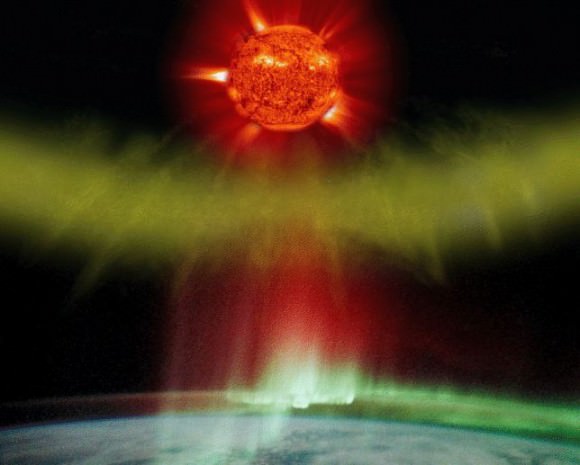
Caption: The Sun affects Earth in many ways. Image courtesy of Springer.
The Sun provides energy to all life on Earth and drives the climate system and is therefore very important to all of us. It powers photosynthesis in plants and is the ultimate source of all food and fossil fuel. However, storms on the Sun can also interfere with systems on Earth that our society depends upon.
Looking at the sky with the naked eye, the Sun seems static, placid, and constant. From ground the only noticeable variation in the Sun is its location (where it will rise and set today?). But the Sun gives us more than just a steady stream of warmth and light.
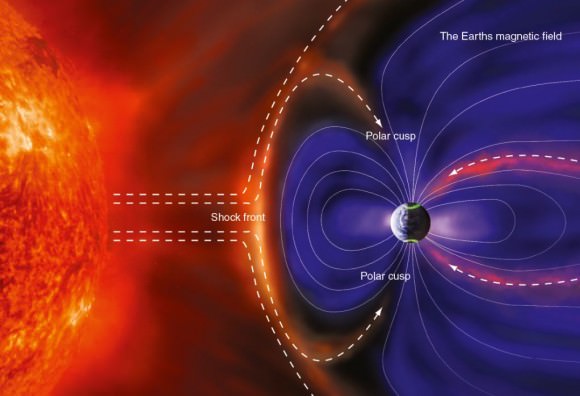
Situated 150 million kilometers away from us, the Sun is a huge thermonuclear reactor, fusing hydrogen atoms into helium and producing million degree temperatures and intense magnetic fields. Near the surface, the Sun is like a pot of boiling water, with bubbles of hot electrified gas. The steady stream of particles blowing away from the Sun is known as the solar wind. Blustering at 1.5 million kilometers per hour the solar wind carries a million tons of matter into space every second (that’s the mass of Utah’s Great Salt Lake).
Every 11 year the Sun undergoes a period of activity called the “solar maximum”, followed about 5 years later by a period of quiet called the “solar minimum”. During solar maximum there are many sunspots, and during solar minimum there are few. Thus, one way of tracking solar activity is by observing the number of sunspots. Sunspots are dark patches like freckles on the solar surface formed when magnetic field lines just below the Sun’s surface are twisted and poke through the solar surface. Sunspots can last from a few hours to several months, and a large sunspot can grow to several times the size of Earth. Though the Chinese recorded some observations as early as 28 B.C., scientists have been observing and recording sunspots since about 1610 when Galileo Galilei pointed his telescope towards the Sun.
Why do scientists care about Sunspots? Because they are visible signs of the turmoil inside the Sun that lead to space weather effects on Earth. Coronal mass ejections (CMEs) and solar flares are often associated with sunspot groups.
Over the next few years more solar storms will occur as the Sun approaches maximum activity in 2013.
Space Weather
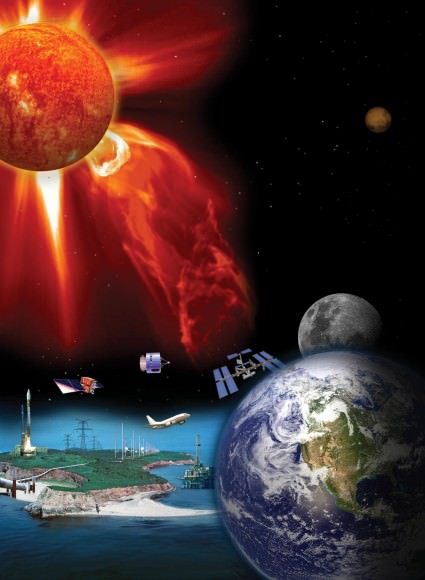
Over the next few years more solar storms will occur as the Sun approaches maximum activity in 2013. And that sometimes these storms can cause damages here on Earth? In addition to creating the beautiful aurora, solar storms have many negative effects. The aurora is a manifestation of something violent happening in our atmosphere, where sometimes 1,500 gigawatts of electricity is generated. This is almost double the energy production in Europe!
Solar storms send out large amount of radiation, particles, gas, and magnetic fields into space, sometimes directly towards Earth. We are lucky that we are shielded from most of the hazardous radiation and particles. This is due to our atmosphere that is preventing UV and X-rays from reaching the ground, and our magnetosphere that is deflecting particles. The effects from solar storms are called space weather.
Until about 100 years ago solar storms could pass by without humans noticing much. However, today more than 1,000 satellites are operating in space. Our society depends on having these satellites work properly all the time. We use satellites for weather forecasts, communication, navigation, mapping, search and rescue, research, and military surveillance. The loss of a satellite and its signals can have serious consequences.
Solar storms affect important navigation systems and crucial radio communication. Passenger planes flying over the polar regions can lose radio contact with the flight controller. Satellite phones may stop working, and solar storms can knock out some electricity grids.
About the Author:
Pål Brekke has worked with state-of-the-art space-based solar telescopes since 1985 and has published over 40 peer-reviewed articles, 70 proceeding papers, and more than 30 popular science articles. For six years he was the ESA Deputy Project Scientist for the SOHO spacecraft.

